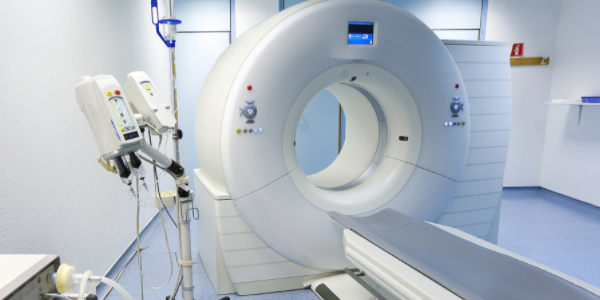MRI

At present, the nuclear magnetic resonance examination has become a common way of imaging. In clinical, the brain, thyroid, liver, bile, spleen, kidney, pancreas, adrenal glands, uterus, ovarian, prostate and other substantial organs and hearts and large blood vessels are excellent. Jia's diagnostic function. In addition, compared with other auxiliary inspection methods, the advantages of nuclear magnetic resonance have the advantages of many imaging parameters, fast scanning speed, high organizational resolution, and clearer images, which can help doctors "see" early lesions that are not easy to detect. At present, it has become tumor and heart disease. And the weapon for early screening of cerebrovascular disease.



